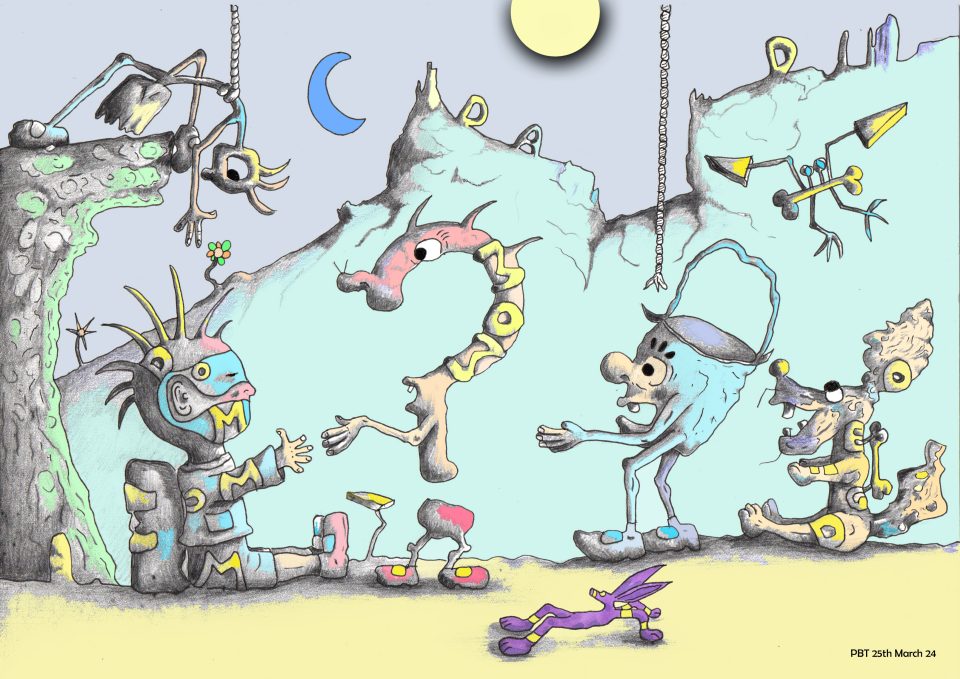Lawmakers in spain are almost finished drafting legislation that would raise the minimum marriage age from 14 to 16 there, but whilst the intention behind the shift is good, very little evidence on the ground seems to support the move.
Should that matter if there is an overarching philosophy to protect potential victims of child marriage or is it just lip service in a world where Spain’s most vulnerable children are not likely to register their marriages with the state and so remain largely invisible, and ultimately immune to legislative protections like this one?
That tension is at the heart of the debate, which wil be aired in full in the Spanish senate next week as the House discusses the proposals. Whilst the marrying age in Spain is 18, there are exceptions which allow 14-16 year olds to marry. Any 16-year-old wanting to marry can do so with parental permission, while 14-year-olds are allowed to marry, but they require permission from a judge to do so.
Under the new law proposed, 14 and 15-year-olds would no longer be able to marry, while 16-year-olds would require permission from a judge or parental consent to tie the knot.
Charities within Spain are quick to defend the move, citing forced marriages and a gender imbalance which sees girls married off at a much younger age than the boys marrying them, as reasons to change the law. However, the number of children recorded as being involved in such marriages is small and it is not clear whether these unions happened under duress, or not.
Advocates of child marriage would argue that the new legislation encroaches on the teenager’s right to make a choice, however child welfare activists take an opposing view. They suggest that raising the age of marriage in this way would allow children a greater say in a decision which not only potentially impacts upon their health, but also their education and overall quality of life.
Child welfare activists, who have been lobbying for a change in the law, may be trying to stem child marriages which are not yet on their radar. They cite religious communities and other minority demographics as possible sources for child marriage, though very little is known about the children who find themselves engaging in the practice.
And whilst the number of child marriages in Spain appears to be increasing, any notion that the new legislation might reduce the practice is likely to be unfounded. If child marriages are taking place within small, elusive and often hidden communities, laws like these will have little impact on the phenomenon. Often carried out without state registration, using only customary rituals and practices, child marriages are notoriously hard to detect – and legislation alone will not be able to stop it.
If countries like Spain wish to reduce forced marriages involving children, they must reach out to those communities taking part in the practice and start to engage with them. Only then will they be able to make a difference.
So what do you think? Does raising the marrying age protect children or should we look to ways of ascertaining which marriages are sound and which are based in duress?



Reblogged this on World4Justice : NOW! Lobby Forum..
LikeLike
I got married at twenty-four and I was too young. I’d say eighteen is the absolute minimum for normal folk. How could you make decisions like that when you’re still a child?
LikeLike
The minimum age for “consent” to intercourse is 16 in the UK,15 in France,14 in Italy,and 13 in Spain.The age in all these countries for “dirty old men” is unrestricted !
With all the laws we have to obey coming from Brussells,it seems strange that UK paedophiles can safely go to Italy and Spain to satisfy there urges unless of course they prefer girls before puberty in which case Thailand seems to be the popular destination !
LikeLike
Pingback: Bill Raises Age Of Consent For Marriage & Civil Partnerships But Is It Just Immigration Control? | Researching Reform